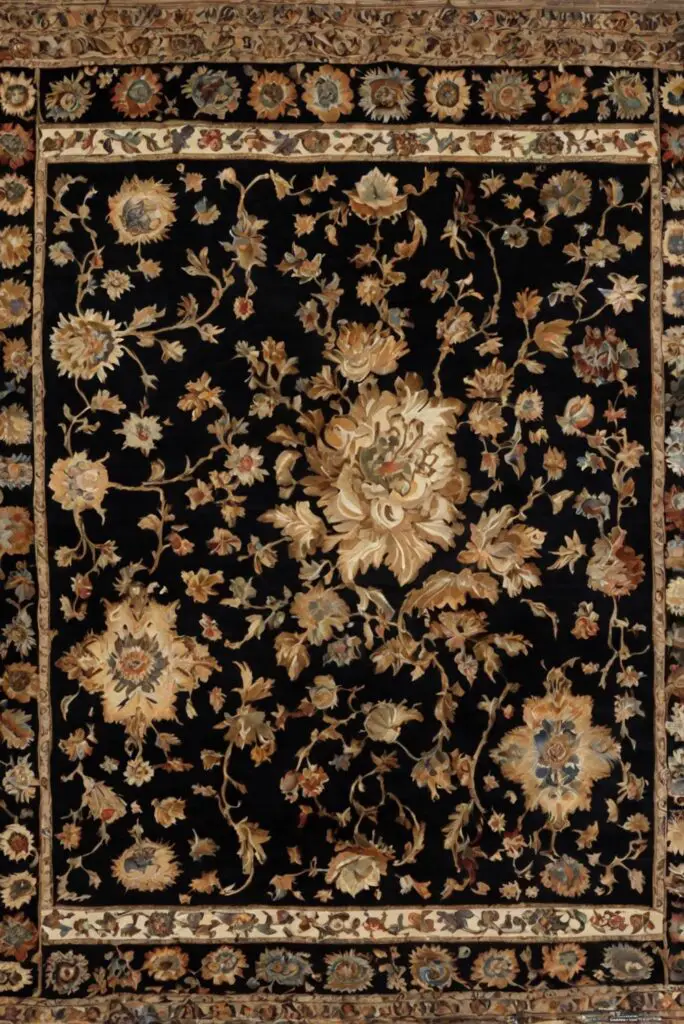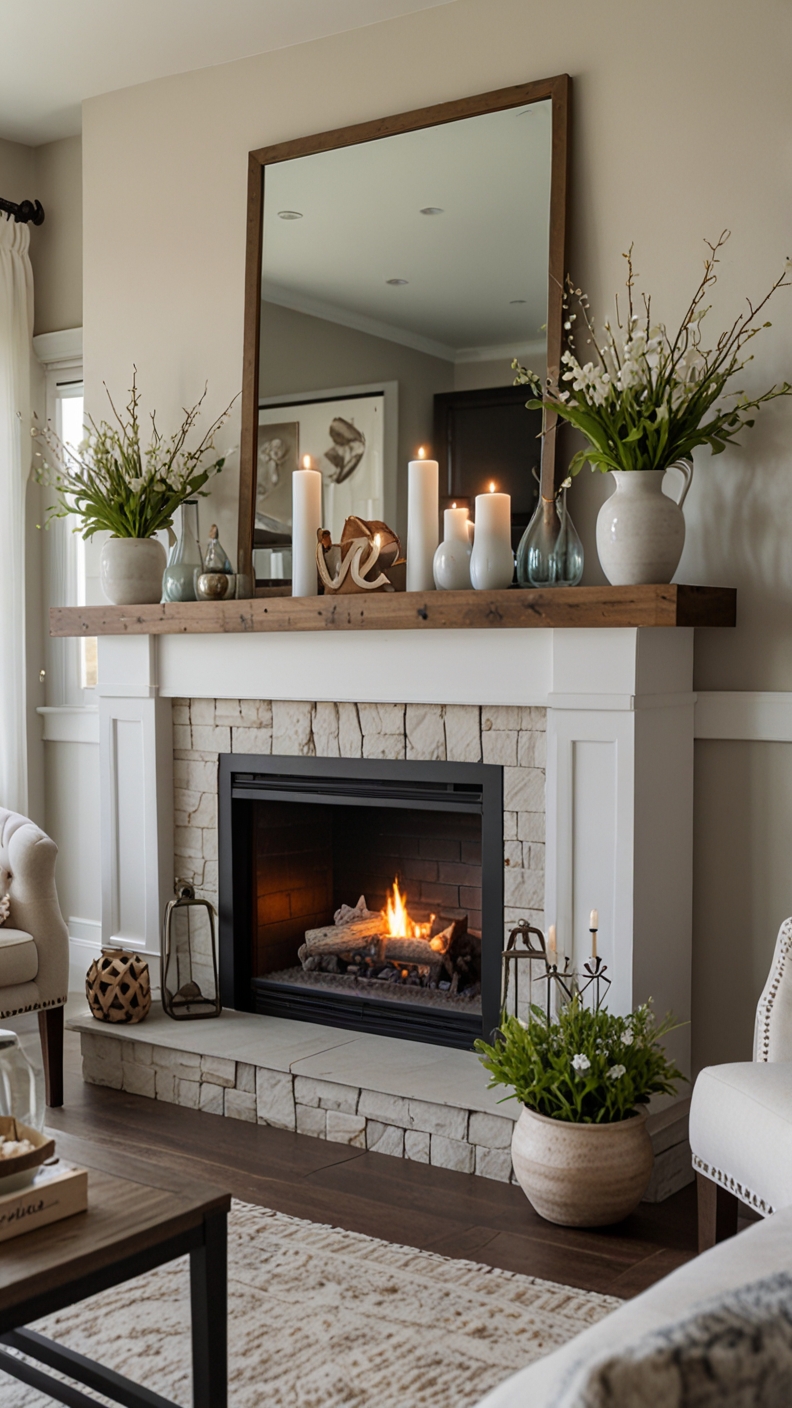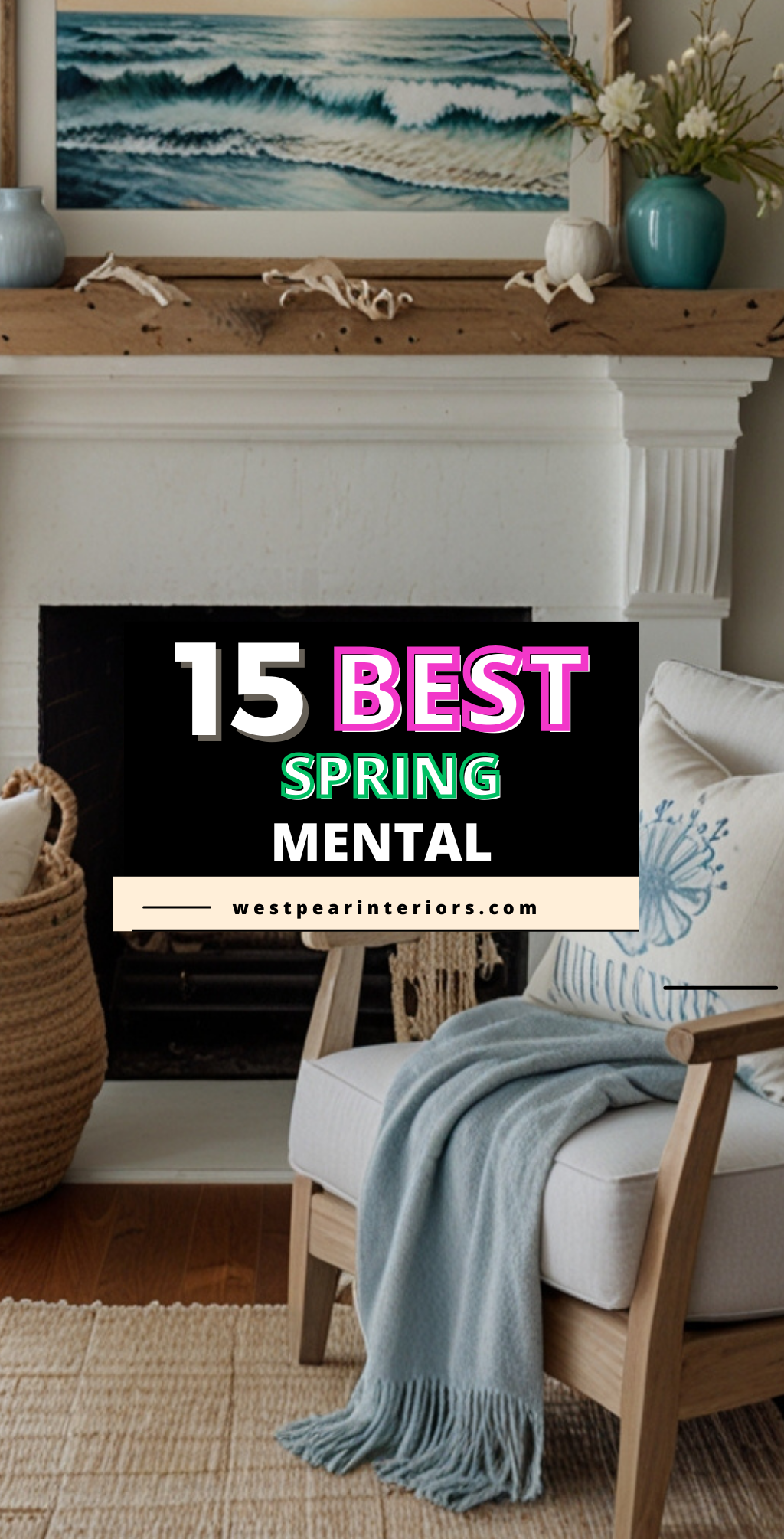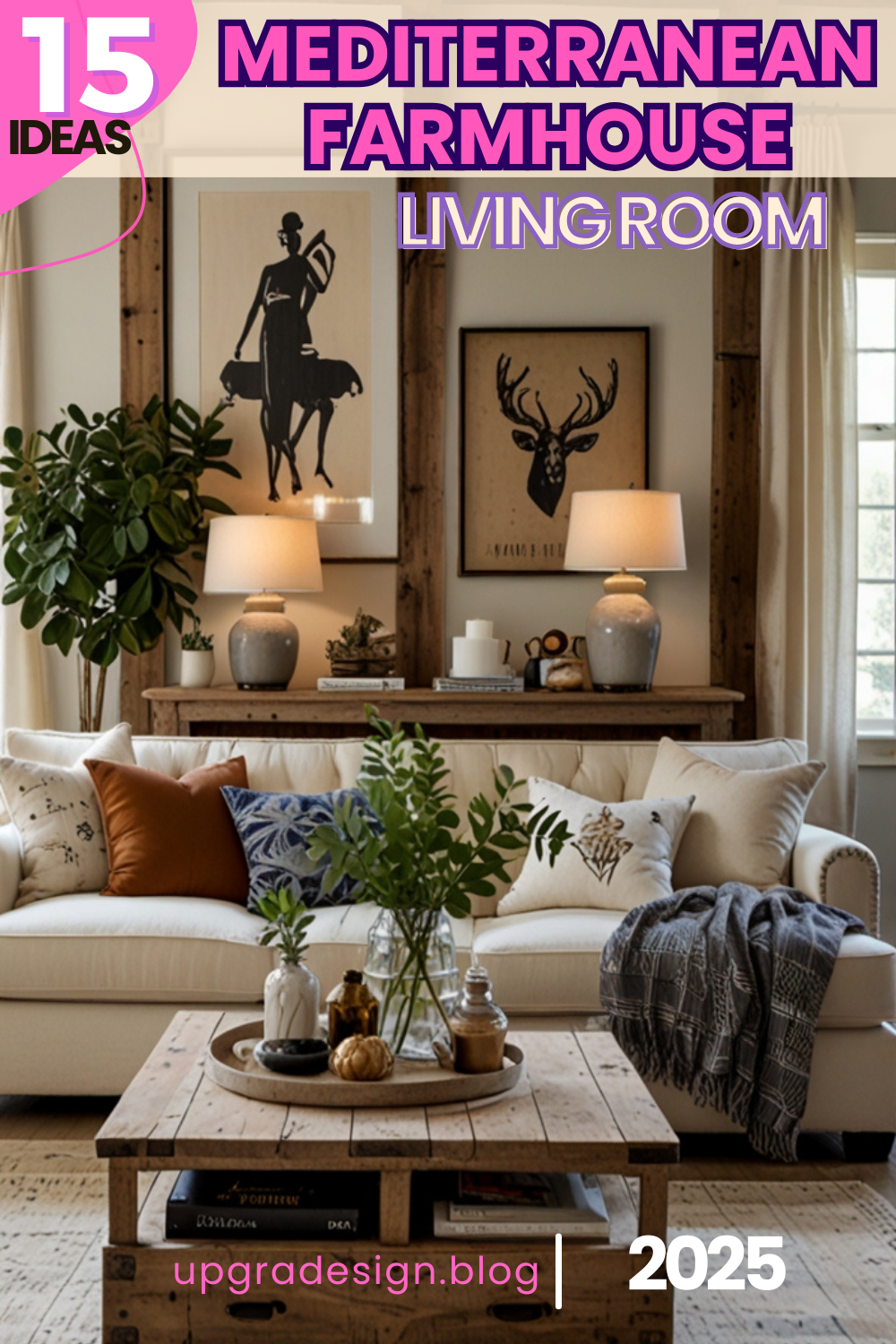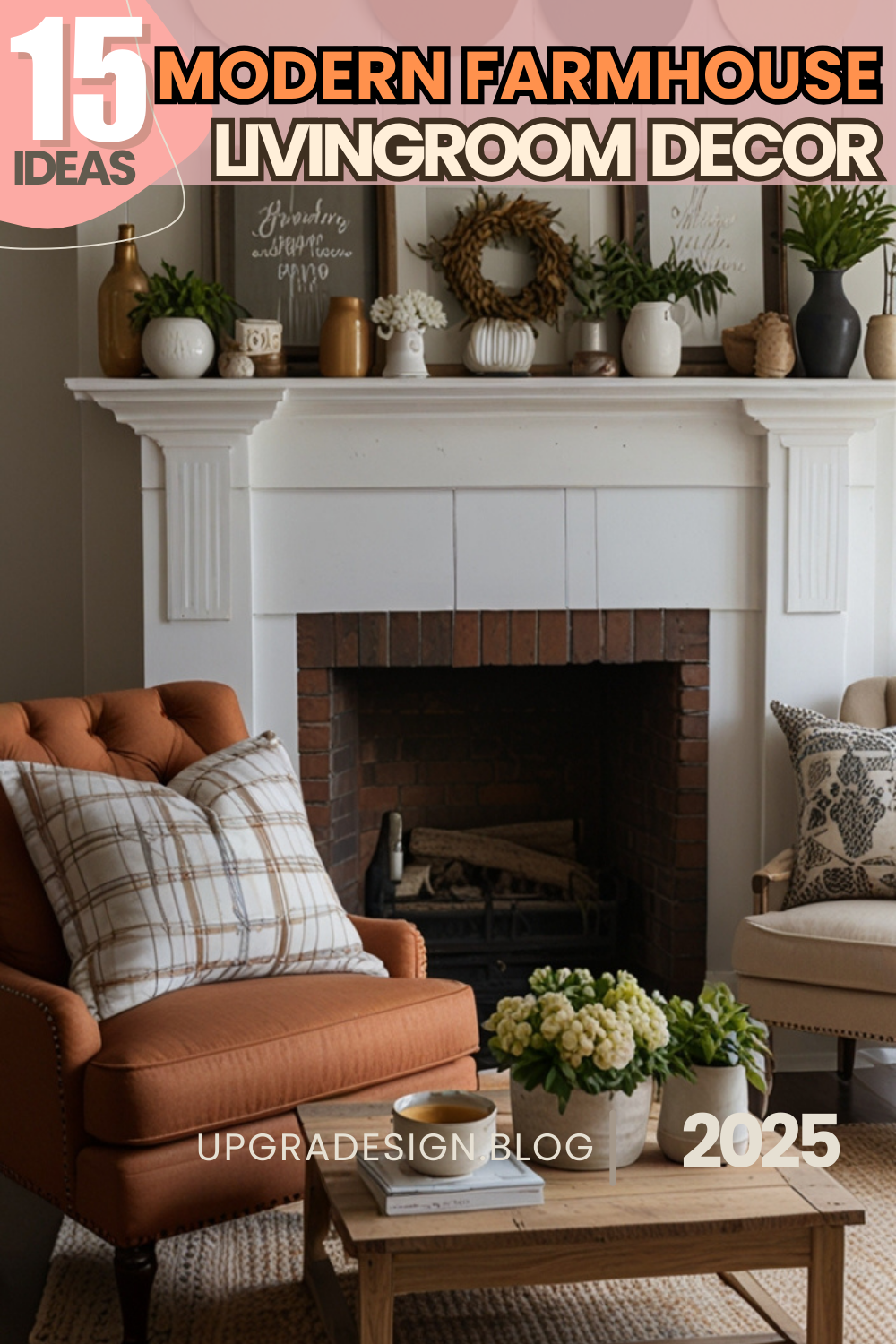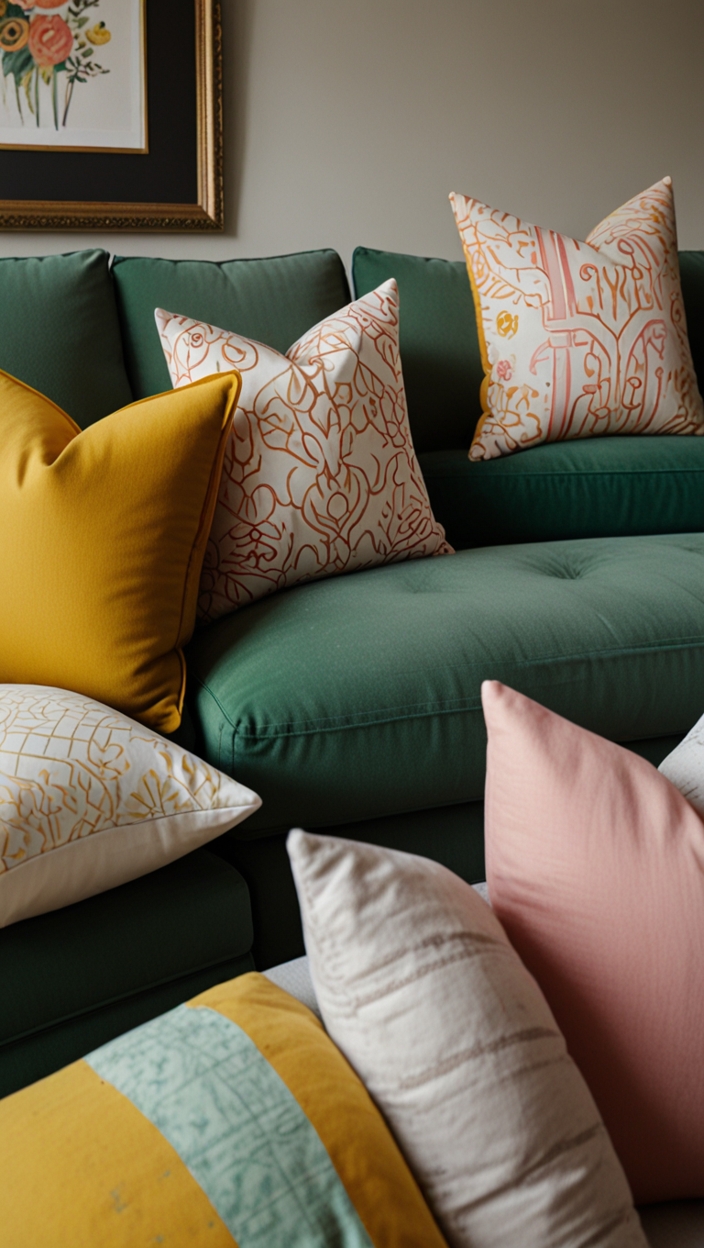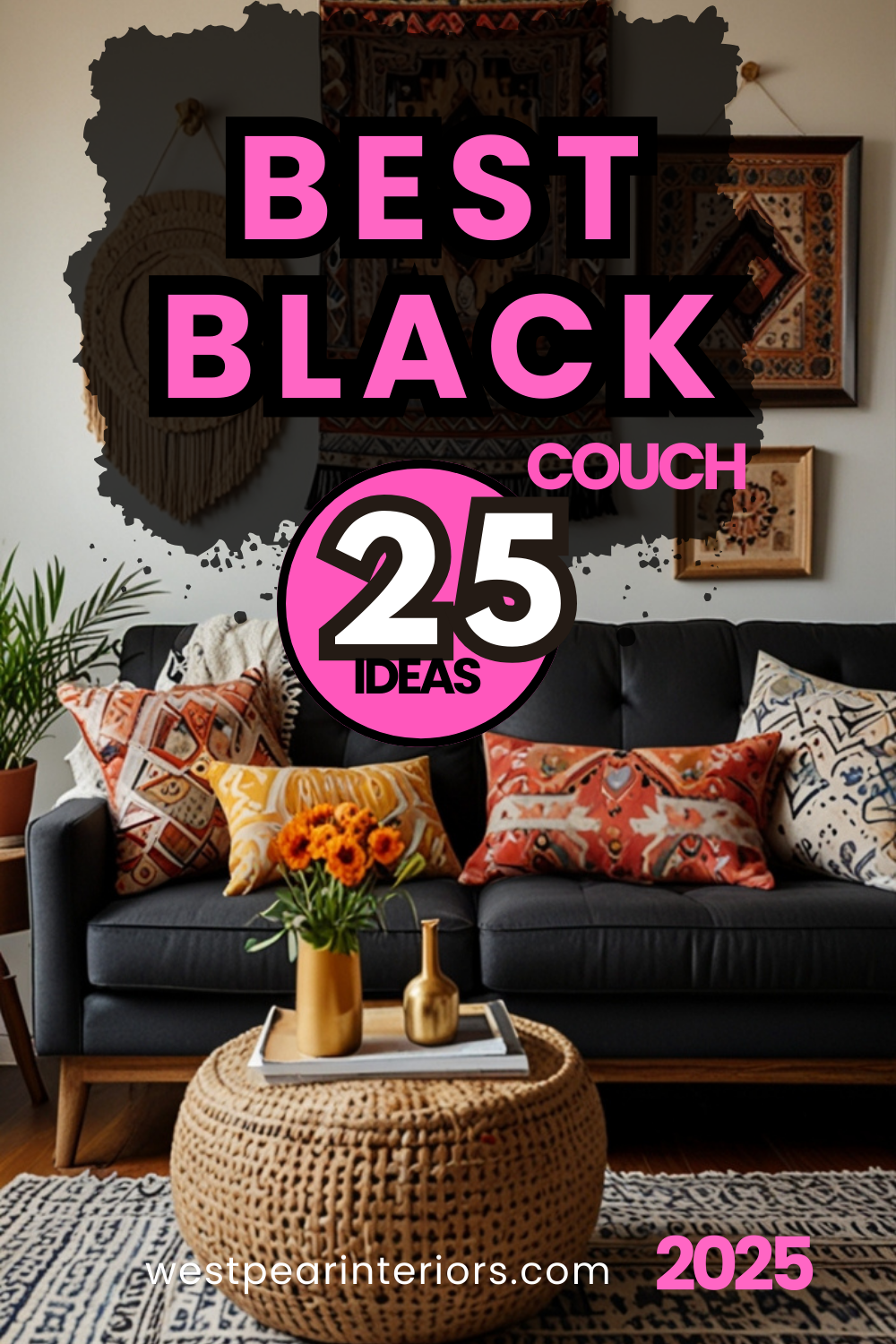Discover the ideal rug shape for your spacious living room with expert interior designer tips to create a balance of style and functionality.
Choosing the right rug shape for a large living room can enhance the overall aesthetic and functionality of the space. For a large living room, rectangular rugs are commonly recommended as they help define seating areas and anchor the furniture. However, you can also consider using a round rug to add a unique touch or a square rug for a more modern look. It is essential to measure your room accurately and consider the traffic flow before selecting the rug size and shape. Additionally, ensure the rug complements the existing decor and color scheme of the room to create a cohesive and harmonious space.
How to determine the ideal rug size for a large living room?
Determining the ideal rug size for a large living room is crucial to ensure visual balance and functionality. Here are some important points to consider:
My Lovely Spring Paint for 2025
Ready for a Spring Makeover? Explore the Freshest 2025 Paint Trends!
White Sage/Green SW Pistachio green Soft blue Honeysweet/Orange Pink Sugar Sage Tint BMAs an Amazon Associate, I may earn a commission from qualifying purchases at no extra cost to you.
– **Room Size:** Measure the dimensions of your living room and leave sufficient space around the rug for a balanced look. The rug should not cover the entire floor but rather define a specific area within the room.
– **Furniture Placement:** Consider the layout of your furniture and how you want them to interact with the rug. Ideally, all furniture legs should sit on the rug or at least have the front legs on it to create a cohesive look.
– **Rug Shape:** The shape of the rug can also impact how it fits in the room. Rectangular rugs are commonly used in large living rooms to define seating areas, while round rugs can be used to create a focal point or soften angular furniture.
My fAV Spring DECOR for 2025
Discover Spring’s Best 2025 Decor Combinations – Perfect for Any Room!
Oversized Indoor Plants White Curved Sofas Rugs BOH Brown Cream Moroccan Hype Boho Rug Outdoor Patio Furniture Sets Topfinel Pillow CoversAs an Amazon Associate, I may earn a commission from qualifying purchases at no extra cost to you.
– **Functional Zones:** Divide your living room into functional zones such as seating areas, dining areas, or reading nooks and choose rugs that correspond to these zones. This approach helps in creating a cohesive and organized space.
– **Budget Consideration:** Keep your budget in mind when selecting the rug size. Large rugs can be more expensive, so choose a size that fits your budget while still fulfilling the design and functional needs of the space.
– **Layering:** Layering rugs can be a creative way to achieve the desired size and look in a large living room. Consider layering a smaller rug on top of a larger one to add dimension and interest to the space.
– **Trial and Error:** If you are unsure about the size, consider using painter’s tape to outline the dimensions on the floor. This visual representation can help you visualize how different sizes will work in the room before making a final decision.
What is the best rug shape for maximizing space in a large living room?
When aiming to maximize space in a large living room, choosing the right rug shape is essential. Here are some tips for selecting the best rug shape:
– **Rectangular Rugs:** Rectangular rugs are a popular choice for large living rooms as they can help define seating areas and anchor the furniture arrangement. By placing a large rectangular rug under the main seating area, you can create a cohesive look while maximizing space.
– **Square Rugs:** Square rugs are another option for maximizing space in a large living room. They work well under square or round dining tables or to define a smaller seating area within the room. Square rugs can add a contemporary touch to the space.
– **Round Rugs:** Round rugs are ideal for softening the sharp angles of furniture in a large living room. Placing a round rug under a circular coffee table or in a reading nook can create a cozy and inviting atmosphere. Round rugs can also act as a focal point in the room.
– **Layered Rugs:** Experimenting with layered rugs can also help maximize space in a large living room. Consider layering a smaller rug on top of a larger one to create depth and texture in the room. This technique can visually expand the space while adding visual interest.
Can I mix different rug shapes in a large living room?
Mixing different rug shapes in a large living room can add depth, visual interest, and personality to the space. Here are some tips for successfully mixing rug shapes:
– **Complementary Shapes:** While mixing rug shapes, ensure that the shapes complement each other and create a harmonious look. For example, pairing a rectangular rug with a round rug can add diversity to the room without creating a clash.
– **Consistent Style:** Maintain a consistent style or theme when mixing different rug shapes. Choose rugs that share similar colors, patterns, or textures to tie the look together and prevent the space from feeling disjointed.
– **Layering Technique:** Layering rugs of different shapes is a creative way to mix and match without overwhelming the space. Consider layering a round rug on top of a large rectangular rug to create a dynamic and layered look in the living room.
– **Define Zones:** Use different rug shapes to define various functional zones within the large living room. For instance, place a rectangular rug under the seating area and a round rug in a reading nook to delineate different spaces while adding visual interest.
– **Experimentation:** Don’t be afraid to experiment with mixing rug shapes in your large living room. Play around with different combinations, sizes, and placements to find a mix that suits your style and enhances the overall aesthetic of the space.
What are the benefits of choosing a round rug for a large living room?
Opting for a round rug in a large living room can offer several benefits in terms of aesthetics and functionality:
– **Creating Focal Points:** A round rug can act as a focal point in the room, drawing the eye to a specific area or furniture arrangement. Placing a round rug under a central coffee table or chandelier can anchor the space and create visual interest.
– **Softening Angles:** In rooms with predominantly rectangular furniture, a round rug can soften the sharp angles and add a sense of flow and movement. The circular shape of the rug can counterbalance the linear features of the space, creating a more inviting and dynamic atmosphere.
– **Defining Spaces:** Round rugs are ideal for defining smaller functional zones within a large living room. Placing a round rug under a cozy reading nook or an accent chair can delineate these areas and create a sense of intimacy within the larger space.
– **Creating Balance:** The symmetrical nature of a round rug can help create a sense of balance and harmony in the room. If your living room has a lot of angular furniture or architectural features, a round rug can provide a counterpoint and enhance the overall design.
– **Versatility:** Round rugs are versatile and can be used in various ways in a large living room. Whether as a standalone statement piece or layered with other rugs, a round rug offers flexibility in design and can adapt to different decor styles and layouts.
How to select the right rug shape to complement existing furniture in a large living room?
Choosing the right rug shape to complement existing furniture in a large living room involves a thoughtful approach to ensure harmony and cohesion. Here’s how you can select the appropriate rug shape:
– **Consider Furniture Arrangement:** Take note of the layout of your furniture and the overall design scheme of the room. Rectangular rugs often work well with linear furniture arrangements, while round rugs can soften angular pieces or create a contrast with square tables and sofas.
– **Size Matters:** The size of the rug should correspond to the scale of the furniture in the room. For large living rooms, a generously sized rug that accommodates all or most furniture legs can provide a cohesive look. Make sure the rug extends beyond the furniture perimeter for a balanced feel.
– **Shape Contrast:** Introduce a rug shape that contrasts with the predominant shapes of the furniture in the room. For instance, if you have predominantly rectangular furniture, consider a round or oval rug to add interest and break up the linear elements.
– **Color and Pattern Coordination:** Choose a rug shape that complements the colors and patterns of your existing furniture and decor. A rug with colors that harmonize with the upholstery or accent pieces in the room can tie everything together and create a cohesive look.
– **Functional Zones:** Define different functional zones within the living room using rug shapes that align with the purpose of each area. For example, a rectangular rug under the main seating area and a round rug in a cozy reading corner can delineate these spaces effectively.
– **Texture and Material:** Consider the texture and material of the rug when selecting the shape to complement your furniture. A plush round rug can add warmth and softness to a leather sofa, while a flatweave rectangular rug can enhance the clean lines of a contemporary sectional.
Why should I consider the traffic flow in a large living room when choosing a rug shape?
Taking into account the traffic flow in a large living room is essential when selecting a rug shape for both practical and aesthetic reasons. Here’s why traffic flow matters:
– **Clear Pathways:** The rug shape can impact the flow of movement within the room. Choosing a rug shape that allows for clear pathways between furniture and entry points maintains a sense of openness and accessibility in the space.
– **Foot Traffic Patterns:** Consider the natural pathways that people take when moving through the living room. Placing rugs strategically along these pathways can help guide traffic and prevent wear and tear on high-traffic areas of the floor.
– **Avoiding Obstacles:** A poorly chosen rug shape can create obstacles or tripping hazards along common walking routes. Opt for rug shapes that seamlessly integrate with the furniture layout and floor plan to ensure a safe and functional environment for everyone in the household.
– **Visual Flow:** The flow of the rug shape should complement the overall flow of the room. Rectangular rugs can enhance the linear movement in the space, while round rugs can soften transitions between different areas. Consider how the rug shape influences the visual flow and balance of the room.
– **Safety Considerations:** Rugs that are not properly anchored or placed can pose safety risks, especially in high-traffic areas. Ensure that the rug shape and size are conducive to anchoring methods such as rug pads or furniture placement to prevent slips and falls.
– **Design Cohesion:** Taking traffic flow into consideration when choosing a rug shape helps maintain design cohesion and functionality in the living room. By aligning the rug shape with the movement patterns and usage of the space, you can create a harmonious and user-friendly environment.
How to ensure the rug shape coordinates with the overall style and design of a large living room?
Ensuring that the rug shape coordinates with the overall style and design of a large living room is essential for a cohesive and visually appealing aesthetic. Here’s how you can achieve coordination:
– **Style Compatibility:** Match the rug shape to the overall style of the room, whether it’s modern, traditional, eclectic, or bohemian. Rectangular rugs are versatile and work well with most design styles, while round rugs can add a touch of whimsy or playfulness to the space.
– **Color Harmony:** Choose a rug shape that complements the color palette of the room. Consider the existing wall color, furniture upholstery, and decor accents when selecting the shape of the rug. A well-coordinated color scheme creates a harmonious and inviting atmosphere.
– **Pattern Play:** If your living room features patterned furniture or textiles, opt for a rug shape that balances or enhances these patterns. A solid-colored round rug can provide a subtle backdrop for vibrant furniture, while a patterned rectangular rug can add depth and visual interest to a neutral space.
– **Focal Point Creation:** Use the rug shape to create a focal point or anchor a specific area within the room. Round rugs placed under a statement piece of furniture or light fixture can draw attention to that element, while rectangular rugs can delineate seating areas or define the overall layout of the space.
– **Material Selection:** The material of the rug can also influence how well it coordinates with the room’s design. Consider the texture, pile height, and maintenance requirements of the rug shape in relation to the existing decor. A plush rug can add warmth to a contemporary space, while a flatweave rug can suit a minimalist design.
– **Scale and Proportion:** Ensure that the scale of the rug shape is proportionate to the size of the living room and the furniture within it. A rug that is too small or too large for the space can disrupt the visual balance and detract from the overall design cohesion. Take measurements and consider the room layout before selecting the rug shape.
Key Takeaways
– **Room Size:** Measure the dimensions of your living room to determine the ideal rug size and leave sufficient space around the rug for a balanced look.
– **Furniture Placement:** Consider the layout of your furniture and how you want them to interact with the rug for a cohesive look.
– **Choose the Right Shape:** Select a rug shape that complements the existing furniture, balances the room, and enhances the overall design.
– **Functional Zones:** Divide your living room into functional zones using different rug shapes to create a well-defined and organized space.
– **Traffic Flow:** Consider the traffic flow in the living room when choosing a rug shape to ensure clear pathways and safety.
– **Style Coordination:** Ensure that the rug shape coordinates with the overall style, color scheme, and design elements of the room for a cohesive look.

